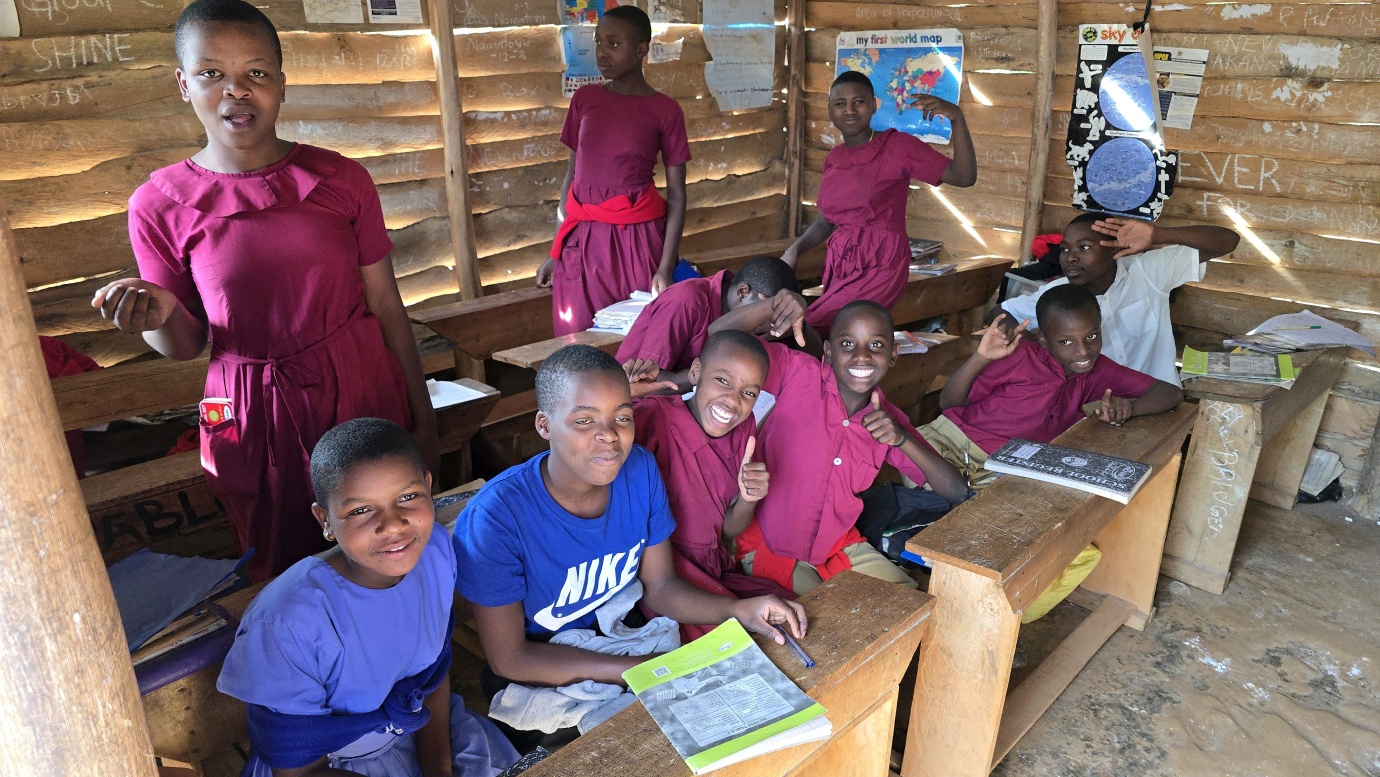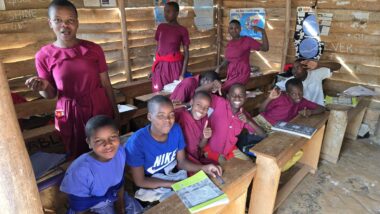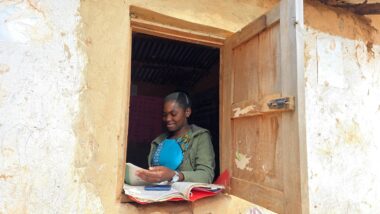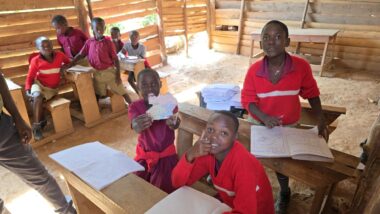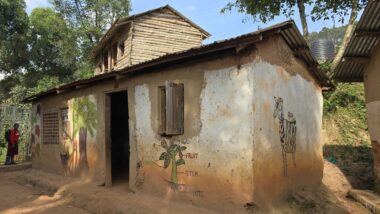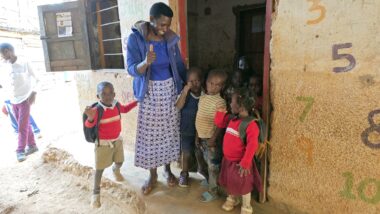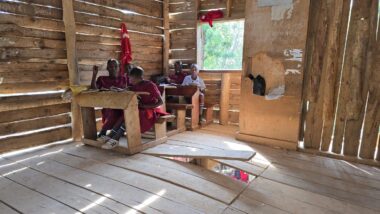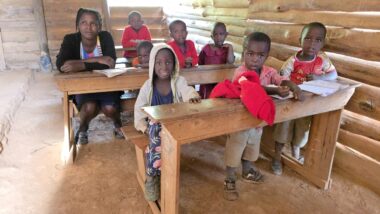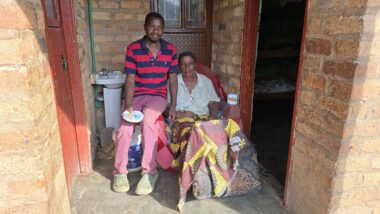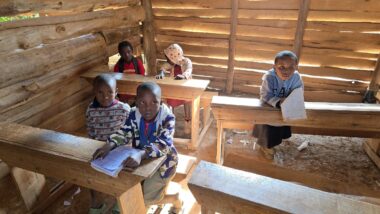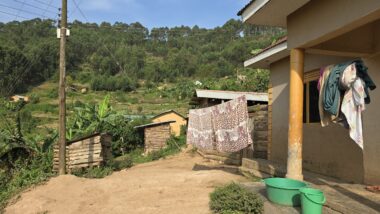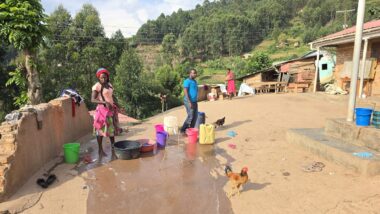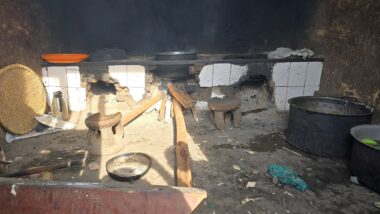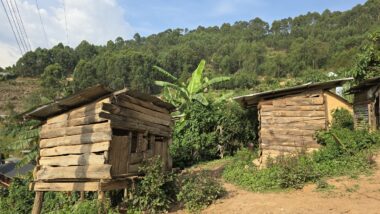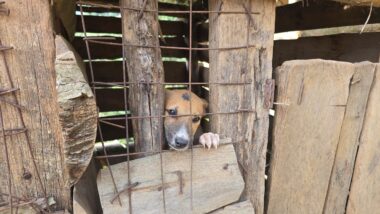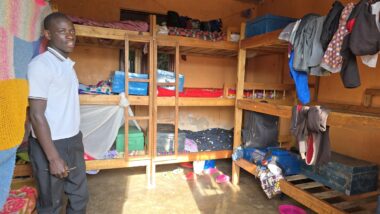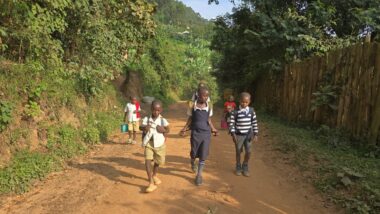Life is extremely difficult for children who have been orphaned in Uganda. Part of Sub-Saharan Africa, Uganda, shares the issues that all other countries in that region face. In addition to extreme poverty and high incidences of malaria and AIDS, there is an ever-looming history of conflict in this part of Africa. The country has experienced hardship in the past as thousands of children left their families to avoid abduction and recruitment into the Lord’s Resistance Army, acquiring for themselves the title of “Night Commuters.” Despite Uganda’s history and extreme improvements over the years, Uganda still faces an orphan crisis. There are still an estimated 3.5 million children in Uganda who were orphaned due to either AIDS or violence. Many live in extreme poverty, and as a result, many children are abandoned or are forced to work. Orphaned and abandoned children are highly vulnerable to dangers such as trafficking, child labor, and abuse. These children rely on homes such as the orphanage we visited, where we donated little.
Bannet gave us a tour of the orphanage founded by his father and showed us daily life there. Now, the orphanage provides a safe refuge for over 100 children, allowing them to go to school, access medical care, and learn a new trade for future employment.
The country saw an increase in the number of children’s institutions from just over 1,000 in the late 90s to approximately 55,000 now – despite a reduction in the number of orphans. These orphanages are often built in tourist ‘hotspots,’ driven by international donations and volunteers from countries such as the UK. The Ugandan government recently announced a program to close more than 500 orphanages operating illegally – at least 60 of those receive UK funding.


